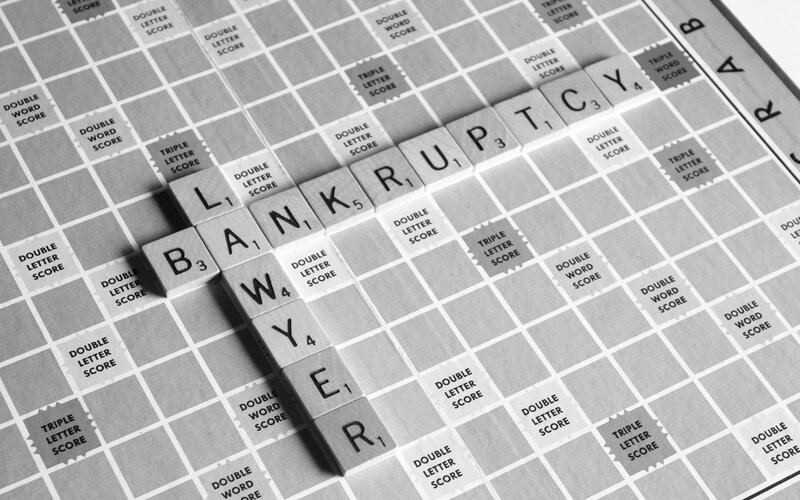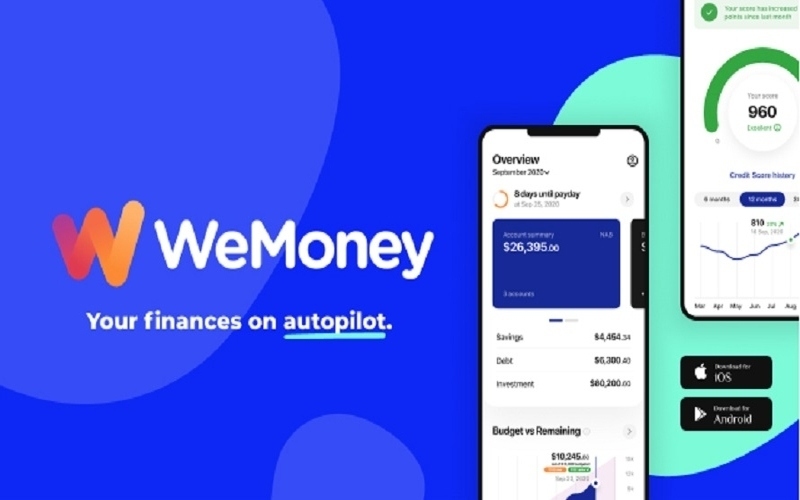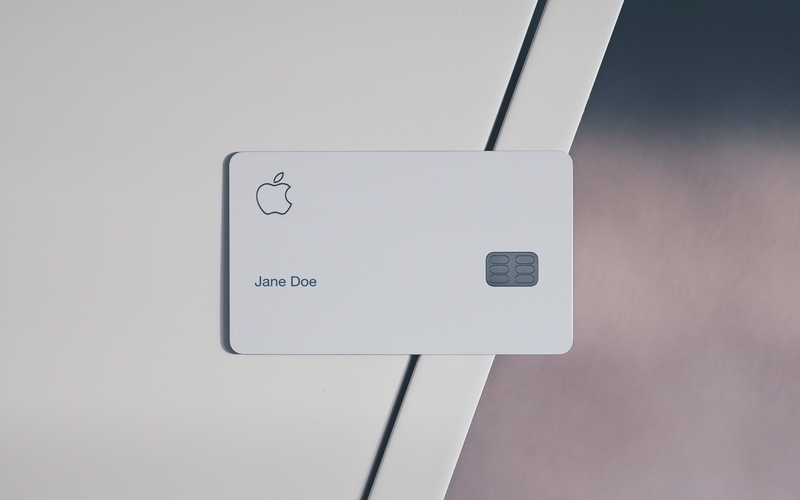
The Australian Financial Security Authority (ASFA) has published data that continues an encouraging annual decrease in personal insolvencies.
A total of 2,410 personal insolvencies were recorded in the September 2022 quarter, down 8.1% from the same time in 2020.
Of these, 59.2% were bankruptcies and 39.5% were debt agreements, with the remainder personal insolvency agreements and deceased estates.
Numbers fell in every state or territory except Tasmania, where 71 were recorded - a 2.9% increase from 2021.
Western Australia saw the biggest improvement with a 33% reduction.
However, whilst year on year insolvencies decrease, the ASFA data shows a gradual increase in recent months, with a 4.7% increase from the June 2022 quarter.
With living costs set to continue to increase, ASFA deputy chief Gavin McCosker discussed the need for people facing financial hardship to explore their options early.
"If you do find yourself in financial difficulty, seek help early from a trusted source," Mr McCosker said.
"Financial counsellors and registered insolvency professionals can help you to review your situation, understand your options and help you plan an appropriate response.
"For some people, a formal insolvency option may present the best opportunity for a fresh start financially."
What are the formal insolvency options?
Under the 1966 Bankruptcy Act, those struggling with unmanageable debts have four formal options.
1. Temporary debt protection
Once a temporary debt protection (TDP) application is accepted, the applicant has 21 days where unsecured creditors can't take enforcement action to recover what they are owed.
Secured creditors can still claim assets they have a security over, like a house under a mortgage.
The applicant can use this time to seek financial advice, negotiate terms of payment with their creditors, or explore other insolvency options.
Temporary debt protection is considered by courts to be an act of bankruptcy, and can be used by creditors to argue that the courts should declare you bankrupt.
2. Debt agreements
Sometimes, creditors will allow negotiation on both the amount and payment terms of a debt, as this may see them recoup more of their money than a declaration of bankruptcy.
Payments are made to a debt agreement administrator who brokers the deal.
Debt agreements can affect your credit score, and appear on a public register for a time.
3. Personal insolvency agreement
A personal insolvency agreement involves the person in debt appointing a trustee, who takes control of their property.
This trustee then negotiates with the creditors, arranging repayment to some extent.
Sometimes, the terms of a personal insolvency agreement will allow assets such as a house or car to be retained.
The agreement may not release all debts, and goes on a permanent register.
4. Bankruptcy
Bankruptcy is a legal process where a party is declared unable to pay their debts.
It can be both voluntary or court ordered.
A trustee is appointed to manage the bankruptcy, who manages the bankrupt parties debts, assets and income.
A legal declaration of bankruptcy provides relief from most debts, and prevents most creditors from chasing the unpaid debt.
However, bankruptcy goes on a permanent record, and can affect individuals' chances of employment and ability to travel overseas.
Picture by Melinda Gimpel on Unsplash


 Denise Raward
Denise Raward


 William Jolly
William Jolly
 Aaron Bell
Aaron Bell
